

With the current supply chain of cobalt under scrutiny, companies and governments are striving to find new sources of cobalt beyond the Congo.
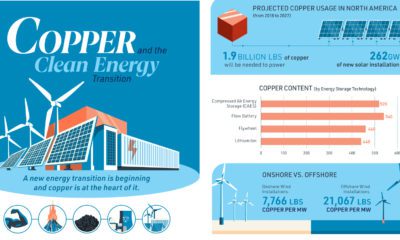

A clean energy transition is underway as wind, solar, and batteries take center stage. Here's how copper plays the critical role in these technologies.
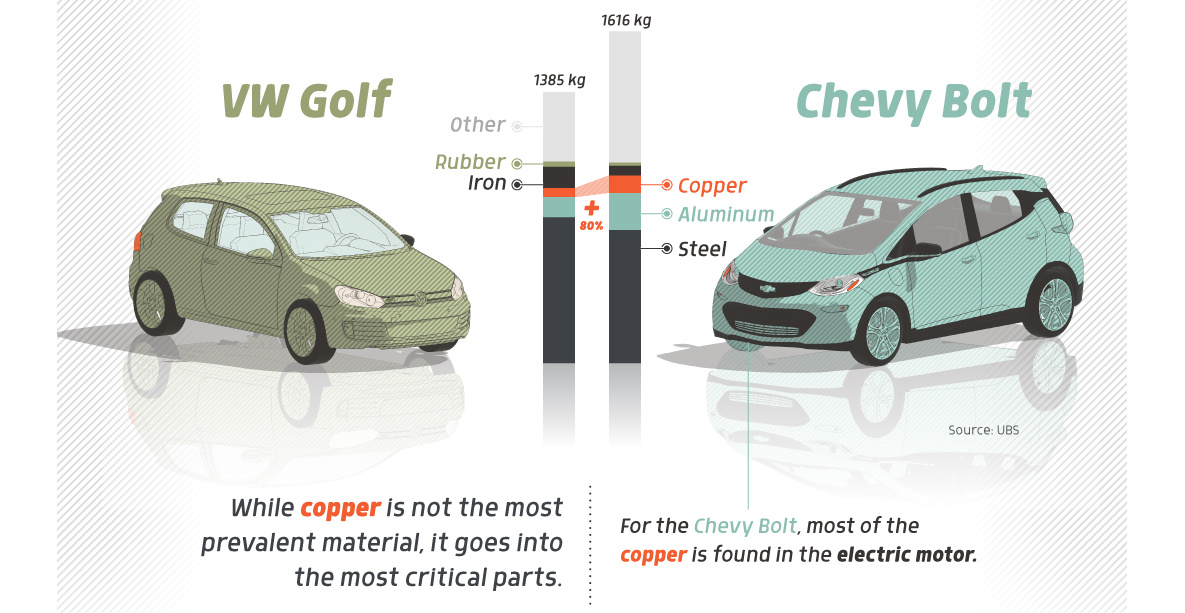
Have you ever wondered how much copper is in an electric vehicle? This infographic shows the metal's properties as well as the quantity of copper used.
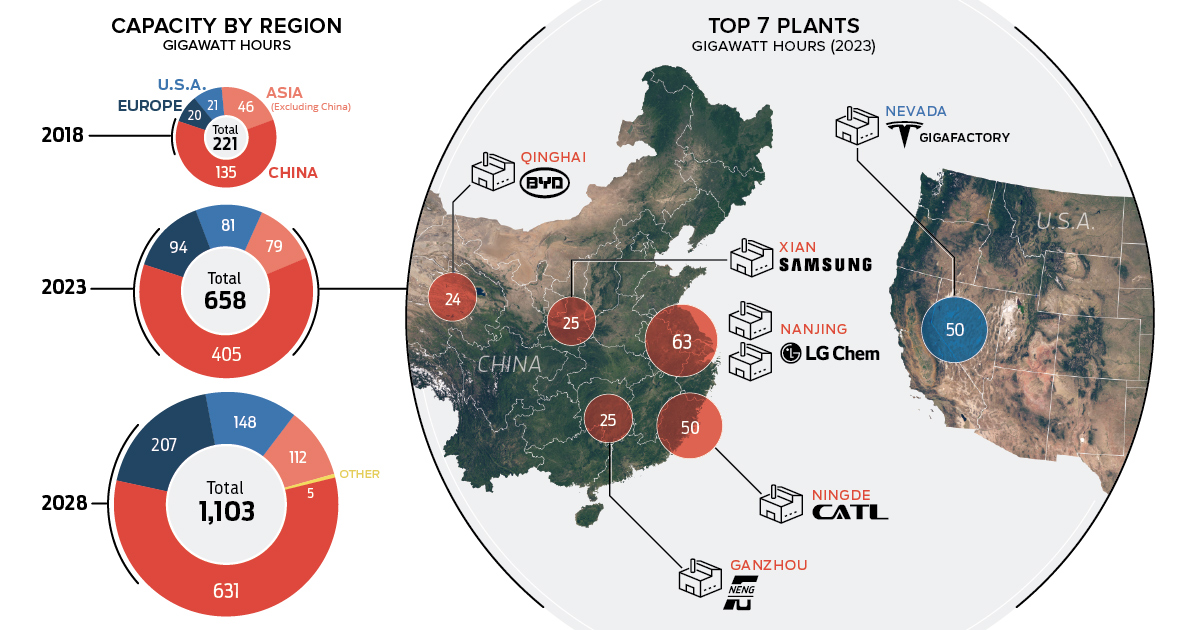
In just a decade, there will be the equivalent lithium-ion battery production capacity of 22 Tesla Gigafactories, with most of that being in China.
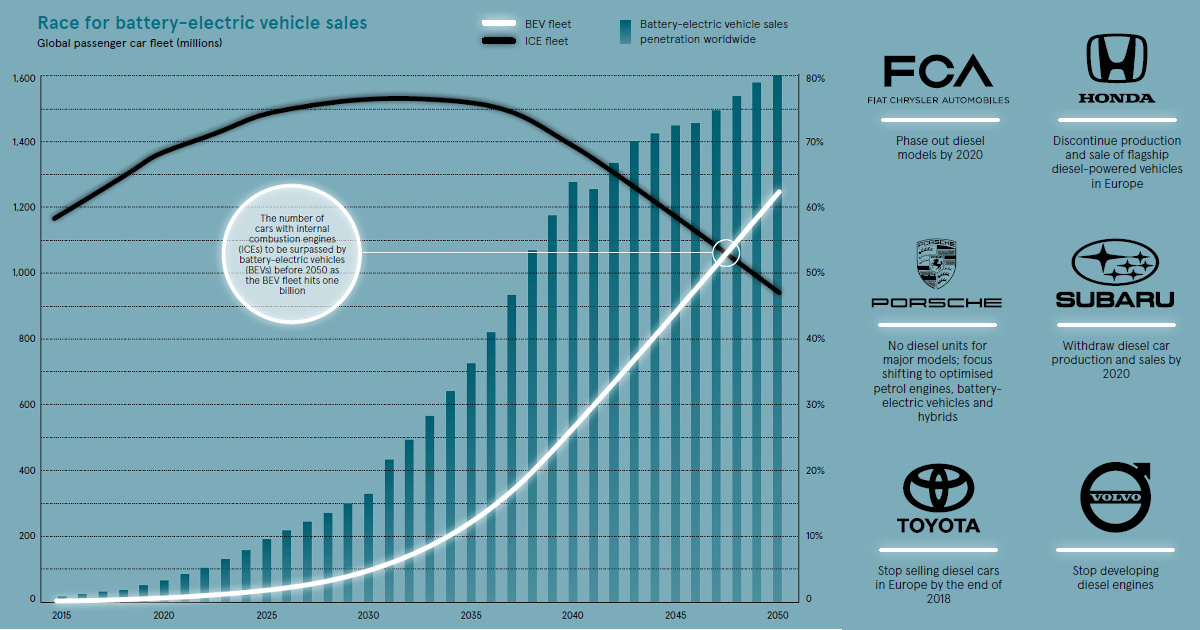
Electric vehicle sales will surpass those of traditional vehicles in 2038, and the global EV fleet will hit 1 billion vehicles by the year 2047.

The third infographic in our Rise of Tesla Series showcases Musk's ambitious vision for the future of Tesla, along with the products that will make it...
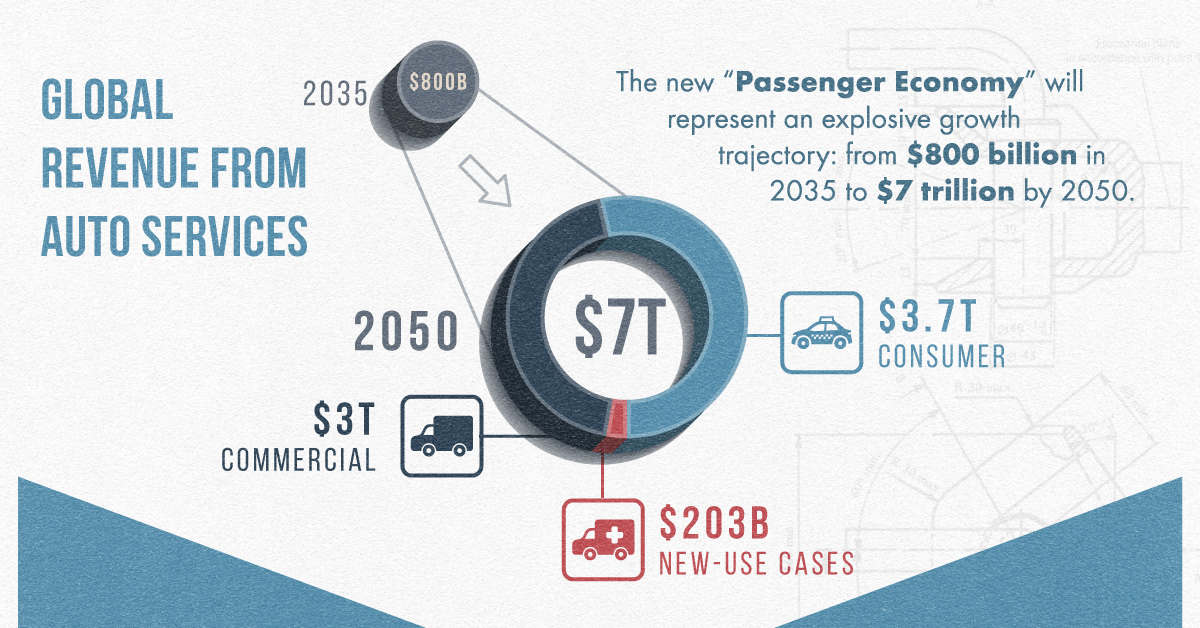
The auto sector is changing rapidly, as forces like automation, connectivity, electric motors, and sharing are shaping the future of automotive innovation.
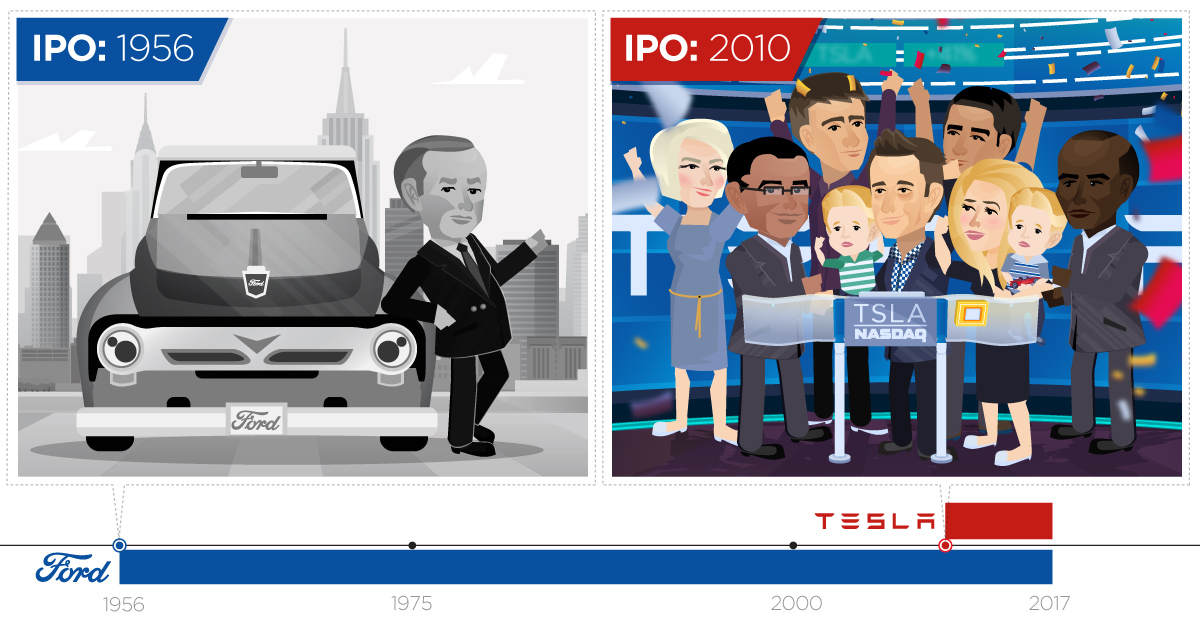
This infographic is Part 2 of our Rise of Tesla Series, and it document's the company's rapid growth from its 2010 IPO until today.
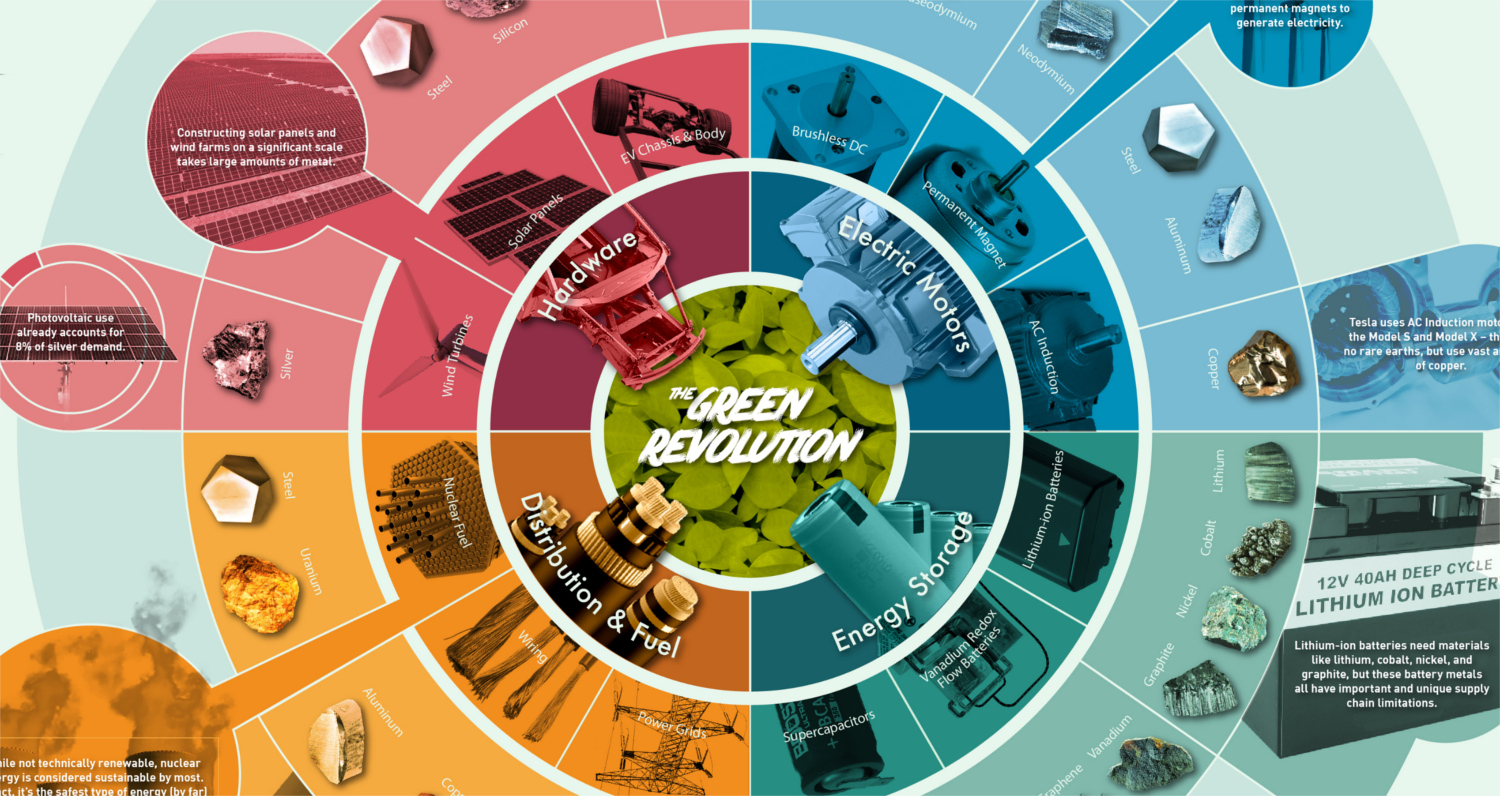
To get off fossil fuels, we'll need other finite resources such as rare metals and minerals. Here are the resources that will power the green revolution.
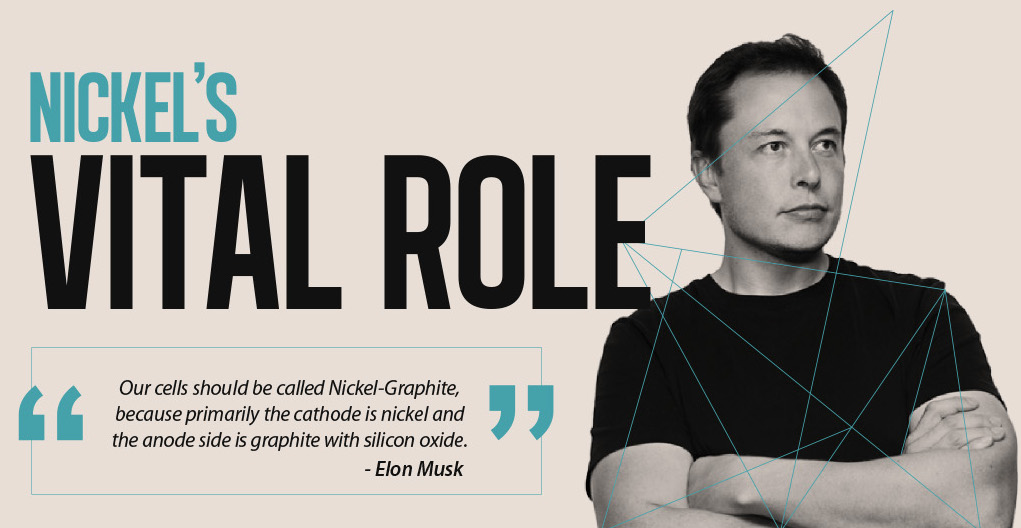
Nickel is the most important metal by mass in lithium-ion batteries, and its role is only increasing going forward.